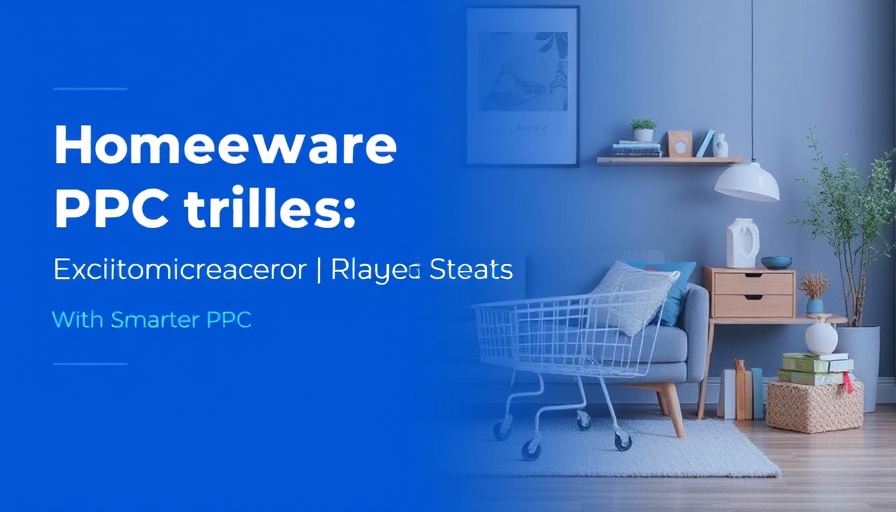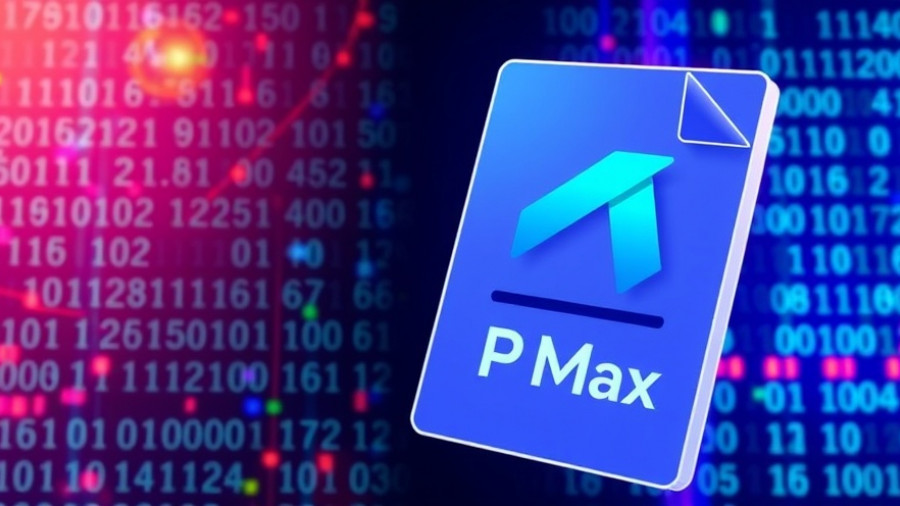
Smarter PPC Strategies for Homeware Brands Amid Challenges
The homeware sector is currently navigating a turbulent landscape filled with rising ad costs, supply chain disruptions, and fierce competition. These challenges make it more important than ever for businesses to adopt smarter pay-per-click (PPC) advertising strategies to enhance their marketing effectiveness and increase return on investment (ROI).
Understanding the Current Landscape of Homeware Ecommerce
Brands engaged in the homeware sector face unique challenges that are heightened by the current economic conditions. A 22% increase in cost-per-click (CPC) year-over-year highlights the urgent need for effective advertising strategies. With high margins often associated with homeware products, especially those with longer buyer consideration cycles, advertising budgets need to be meticulously managed.
In this article, we will explore seven key challenges and offer actionable tips to transform these challenges into opportunities. This strategic approach encourages continued growth and competitiveness in the homeware sector.
1. Navigating Rising Ad Costs
Rising CPC can be detrimental to brands, revealing the necessity of smarter audience targeting. By improving click-through rates (CTR) and utilizing creative testing, brands can optimize their ads more effectively. Diversifying spending away from Google Ads alone, to include social media platforms, can also yield significant benefits.
2. Mitigating Supply Chain Disruptions
Supply chain issues can lead to campaigning for products that are out of stock, frustrating customers and wasting ad spend. Employing inventory feed automation can be a game-changer, ensuring ads pause when stock runs out. Additionally, testing local inventory ads can effectively draw in customers looking for available options.
3. Addressing Returns & Fraud
High return rates and fraud can sap resources painfully. To combat this, brands should adopt value-based bidding focused on high-lifetime-value customers, ensuring clearer expectations in ad copy, and filtering out risky traffic. Understanding customer behavior is crucial for minimizing mismatched orders.
4. Streamlining Inventory Management
The unpredictable demand in the homeware sector requires ad strategies that respond dynamically to stock levels. Running campaigns that are linked to stock feeds ensures that advertising budgets are spent on in-stock, high-margin products. This can significantly improve profitability.
5. Overcoming Tech and AI Barriers
Disconnected systems can lead to data blind spots that hinder effective decision-making. Investing in feed automation tools and integrating CRM data can provide the better-targeting capabilities that brands desperately need. Combining AI bidding with human oversight yields the best results.
6. Embracing Labor and Talent Challenges
Labor shortages and the challenge of hiring skilled talent pose additional hurdles for homeware brands. Finding the right people who can effectively harness the digital tools and strategies required for successful PPC campaigns is essential. Upskilling existing employees can be a cost-effective alternative to hiring externally.
7. Leveraging Data for Insights
Understanding analytics and data reporting is crucial for homeware brands wanting to enhance their PPC strategies. By utilizing marketing automation tools, businesses can gain valuable insights that inform better decision-making, optimizing their campaigns for greater ROI.
The Importance of Effective Campaigns
Every homeware retailer is facing similar challenges, and those who adapt quickly will capitalize on newfound advantages. By implementing the suggested strategies, brands can not only reduce wasted ad spend but also align their inventory and marketing efforts for a cohesive approach.
Download our comprehensive guide for detailed strategies and insights on navigating the complex landscape of homeware PPC advertising. This guide offers more in-depth information tailored to maximizing ROI and reducing inefficiencies.
Call to Action: To ensure your homeware business thrives amidst these challenges, embrace these PPC strategies today and download our in-depth guide!
 Add Row
Add Row  Add
Add 




Write A Comment